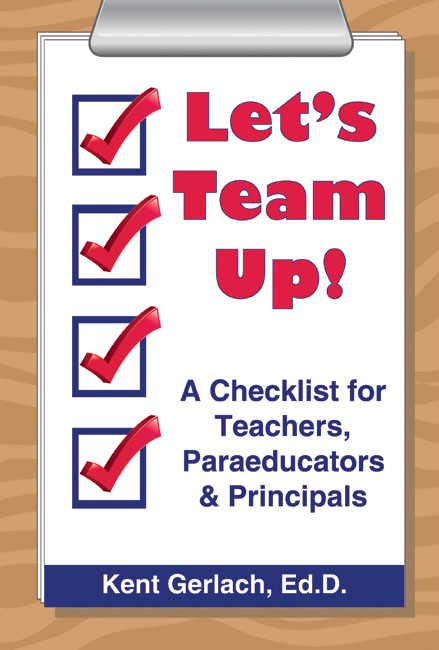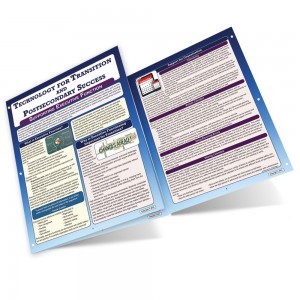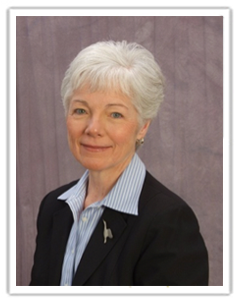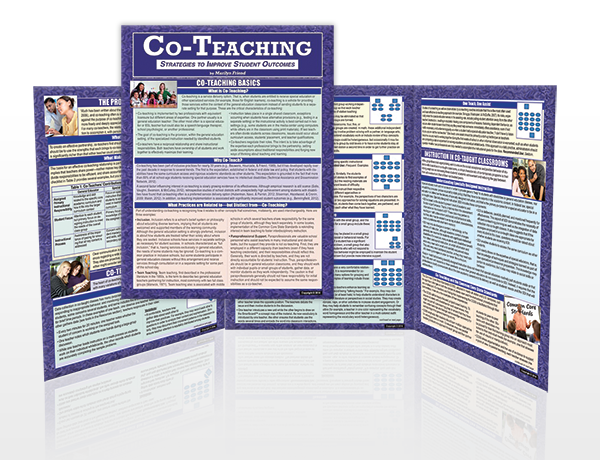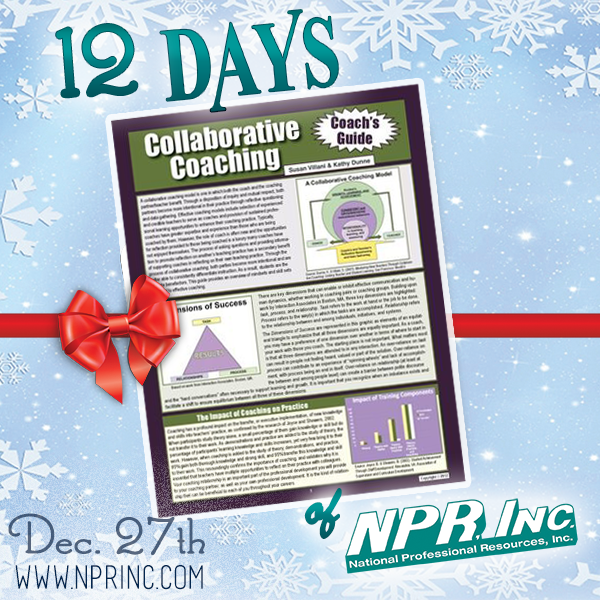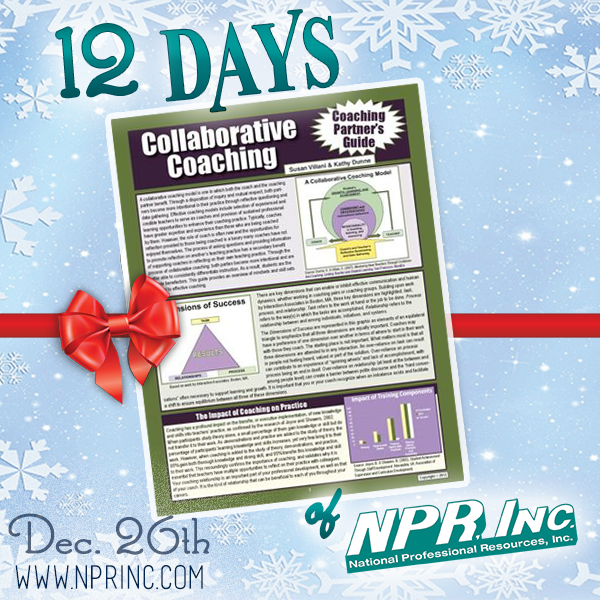
Toby Karten
Guest Blog by Toby Karten
Toby Karten, author of several laminated guides on inclusion and the Common Core State Standards (CCSS), as well as the Inclusion Lesson Plan Book (standard edition and teacher training edition), published by NPR, Inc. She offers professional development workshops on how to promote inclusion strategies in the classroom.
Toby will be presenting at an educator reception at the Barnes & Noble at the Palisades Center in West Nyack on Wednesday, October 16. The event begins at 3:30; Toby’s presentation begins at 5 p.m. For additional details and to register for this event, please see the educator reception event page on the Barnes & Noble website.
Connecting the Common Core State Standards to Inclusive Classrooms
The Common Core State Standards (CCSS) articulate reading, writing, language, speaking and listening, and mathematical knowledge and skills that students are expected to master each year to ensure college and career readiness (CCR). The CCSS apply to all students, including students with disabilities who have IEPs and 504 plans, students with average skills, and those students who are labeled profoundly exceptional.
To prepare students to meet the standards of the Common Core, educators must increase academic rigor for all students. It is essential that the same rigorous standards apply to students with disabilities who receive special education services. When schools implement inclusive principles and strategies, they give students with special needs the opportunity to learn the critical skills and knowledge of the CCSS alongside their peers. These schools use appropriate, specially designed instructional delivery methods to scaffold student learning, without sacrificing content.
Inclusion allows students to achieve learning and behavioral strides alongside their peers, who will one day be their co-workers and neighbors. The Individuals with Disabilities Education Act (IDEA) mandates educating students with disabilities in the least restrictive environment (LRE), with the general education classroom as the preferred placement option. Inclusion reflects a commitment to educate each child, to the maximum extent appropriate, in the general education classroom, bringing support services to the child, rather than sending the child out of classroom to receive special services. Key features of inclusion are individualizing instructional approaches and providing necessary accommodations within the general education classroom. Furthermore, all learners, not just those with documented disabilities, learn in many different ways and benefit from inclusive principles.
Although inclusion is an effective way of implementing the CCSS, some educators still think that the CCSS prescribe not only what students must learn, but also how teachers must teach. The Common Core website directly debunks this myth, clearly stating: “These standards will establish what students need to learn, but they will not dictate how teachers should teach.” Instead, administrators, teachers, school staff, students, and families collaboratively decide how best to achieve the standards.
It is important for educators to understand that there is nothing in the standards that prevents them from using an inclusive model to teach students what they need to learn. To the contrary, many inclusive schools where CCSS have been adopted have discovered that inclusive principles and practices are well suited to preparing students with disABILITIES to meet the rigorous state standards. Research-based inclusive strategies help students with and without IEPs achieve successful learning outcomes. When schools embrace inclusion and provide specially designed instruction to accommodate students with different learning needs, they prepare all students to be successful in the real world once they exit school doors
In several of the laminated guides I have written for National Professional Resources on CCSS and inclusion, I recommend that teachers use a step-by-step approach to help learners meet the rigorous standards of the Common Core. These steps include
- Reviewing standards from prior, current, and following year;
- Slating topics for each quarter, month, and week;
- Sharing the standards with learners in student-friendly language;
- Monitoring student progress;
- Revisiting and adjusting whole class, small groups and individual student lessons based upon formal and informal instruction-based assessments.
In one of the professional development workshops I recently led, I demonstrated how teachers can differentiate instruction by modeling a lesson on inclusive vocabulary. My objective was to appeal to the adult learners through visual, auditory, and kinesthetic-tactile modalities. I initially displayed the content on a PowerPoint slide. The “students” (adult educators) were then given various options for learning the words. These included jumping on the words, which were written on paper plates; pantomiming the words; composing sentences; reviewing digital flashcards on Quizlet; illustrating the vocabulary with captions; and watching a YouTube Video on inclusion. Students worked together as a whole class of learners, were divided into cooperative groups, and completed tasks individually to honor the principles of differentiated instruction.
The take away of this blog post: Learners of all ages and all levels of ability and skill benefit from inclusive approaches to teaching that honor the diverse ways in which individual students learn. Even when pursuing common learning standards, inclusive practices are appropriate and effective. True inclusion, however, involves more than just individual teachers using evidence-based inclusive practices. To be truly inclusive, schools must adopt a collaborative approach that fosters a schoolwide philosophy that firmly believes in high expectations for all learners.
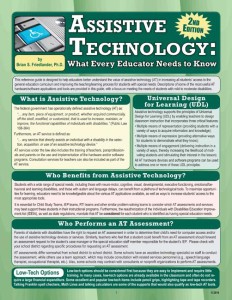 Find recommendations for the best
Find recommendations for the best





